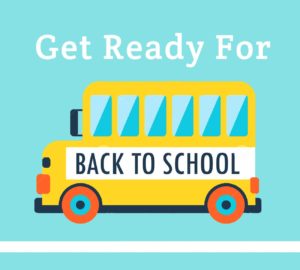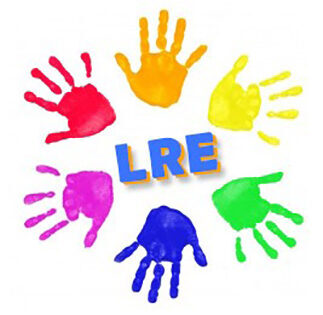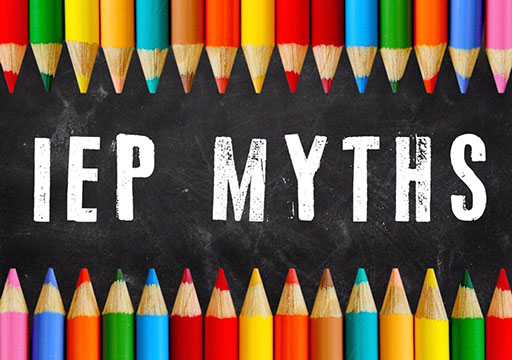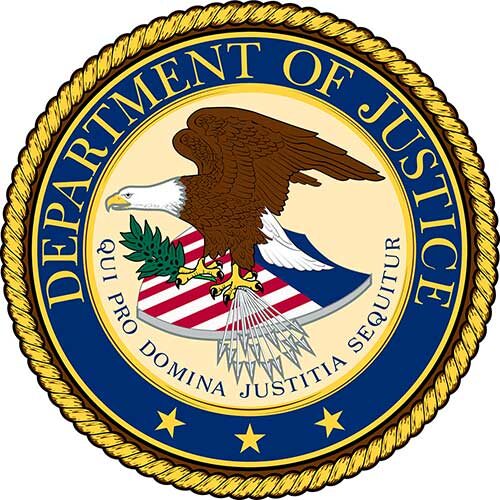With school just around the corner again, we thought it would be helpful to define the difference between some of the key terms used in special education:
Supports, Modifications, and Accommodations for Students
The key to success in the classroom lies in having appropriate supports, accommodations, and modifications made to the instruction and other classroom activities. Supports, accommodations, and modifications need to be individualized for students, based on their needs and personal learning styles and interests.
What is a Related Service?
Related service means transportation and such developmental, corrective, and other supportive services as are required to assist a child with a disability to benefit from special education, and includes……
– Speech-language pathology and audiology services
– Interpreting services
– Psychological services
– Physical and occupational therapy
– Recreation, including therapeutic recreation
– Early identification and assessment of disabilities in children
– Counseling services, including rehabilitation counseling
– Orientation and mobility training
– Medical services for diagnostic and evaluation purposes
– School health services and school nurse services
– Social work services in schools
– Not an exhaustive list of possible related services. IEP team decides which related service a child needs and specifies them in the child’s IEP.
Supplementary Aids and Services
One of the most powerful types of supports available to children with disabilities are the other kinds of supports or services that a child needs to be educated with nondisabled children to the maximum extent appropriate. Some examples follow:
– Adapted equipment – such as a special seat
– Assistive technology – such as a word processor, special software, or a communication system, IPAD, PECs
– Training for staff, student, and/or parents
– Peer tutors
– A one-to-one aide
– Adapted materials – such as books on tape, large print, highlighted notes
– Collaboration/consultation among staff, parents, and/or other professionals
Program Modifications or Supports for School Staff
If the IEP team decides that a child needs a particular modification or accommodation, this information must be included in the IEP. Supports are also available for those who work with the child, to help them help the child be
successful. Supports for school staff must also be written into the IEP. Some of these supports might include:
– Attending a conference or being trained related to the child’s needs
– Getting help from another staff member
– Having an aide in the classroom, or
– Getting special equipment or teaching materials
Accommodations in Large Assessments
IDEA requires that students with disabilities take part in state or district-wide assessments. These are tests that are periodically given to all students to measure achievement. It is one way that schools determine how well and how much students are learning. IDEA now states that students with disabilities should have as much involvement in the general curriculum as possible. This means that, if a child is receiving instruction in the general curriculum, he or she could take the same standardized test that the school district or state gives to non-disabled children. Accordingly, a child’s IEP must include all modifications or accommodations that the child needs so that he or she can participate in state or district-wide assessments.
The IEP team can decide that a particular test is not appropriate for a child. In this case, the IEP must include:
– An explanation of why the test is not suitable for the child, and
– How the child will be assessed instead (often called alternate assessment)
Ask the school district for a copy of their guidelines on the types of accommodations, modifications, and alternate assessments available to students.
Categories:Uncategorized
0 Likes





